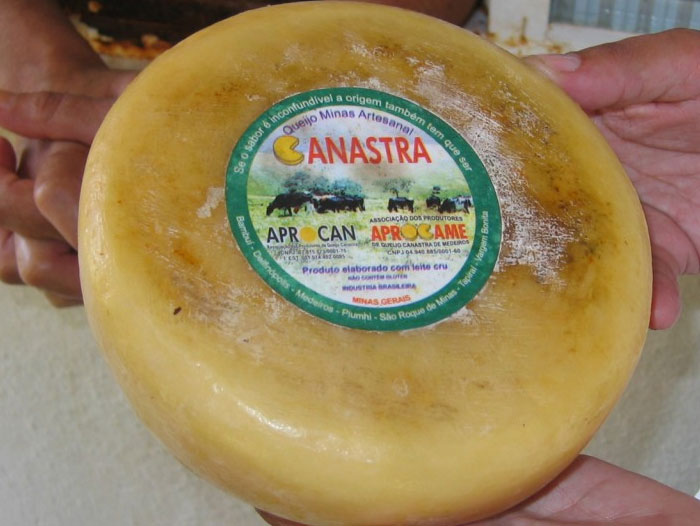Canastra: Traditional Brazilian Raw Milk Cheese in the Crosshairs
June 28, 2019 | 1 min to read

In 2012, news of a major smuggling ring broke in Brazil. The contraband? Cheese, and specifically queijo Canastra, a famous raw-milk cheese of the southeastern state of Minas Gerais. Cheesemakers from Minas Gerais have been making some of Brazil’s most delicious cheese for more than 200 years. In the past couple years, the Brazilian government has recognized Canastra cheese as a piece of intangible cultural heritage, and producers have earned top honors at French cheese festivals. But restrictive food safety regulations in Brazil, which mandate industrial-level production standards for artisanal cheesemakers and prohibit the sale of raw milk cheese across state lines, continue to stifle small-scale producers.
Canastra is made in the Serra da Canastra region of Minas Gerais. When Portuguese colonists first reached the area, the mountainous terrain reminded them of their home country’s Serra da Estrela cheesemaking region, which is famous for an eponymous cheese. The Portuguese brought their cheesemaking traditions to the region, and over more than two centuries, local producers built on this knowledge to develop a distinctive Canastra cheese.
To read the rest of the story, please go to: Atlas Obscura
